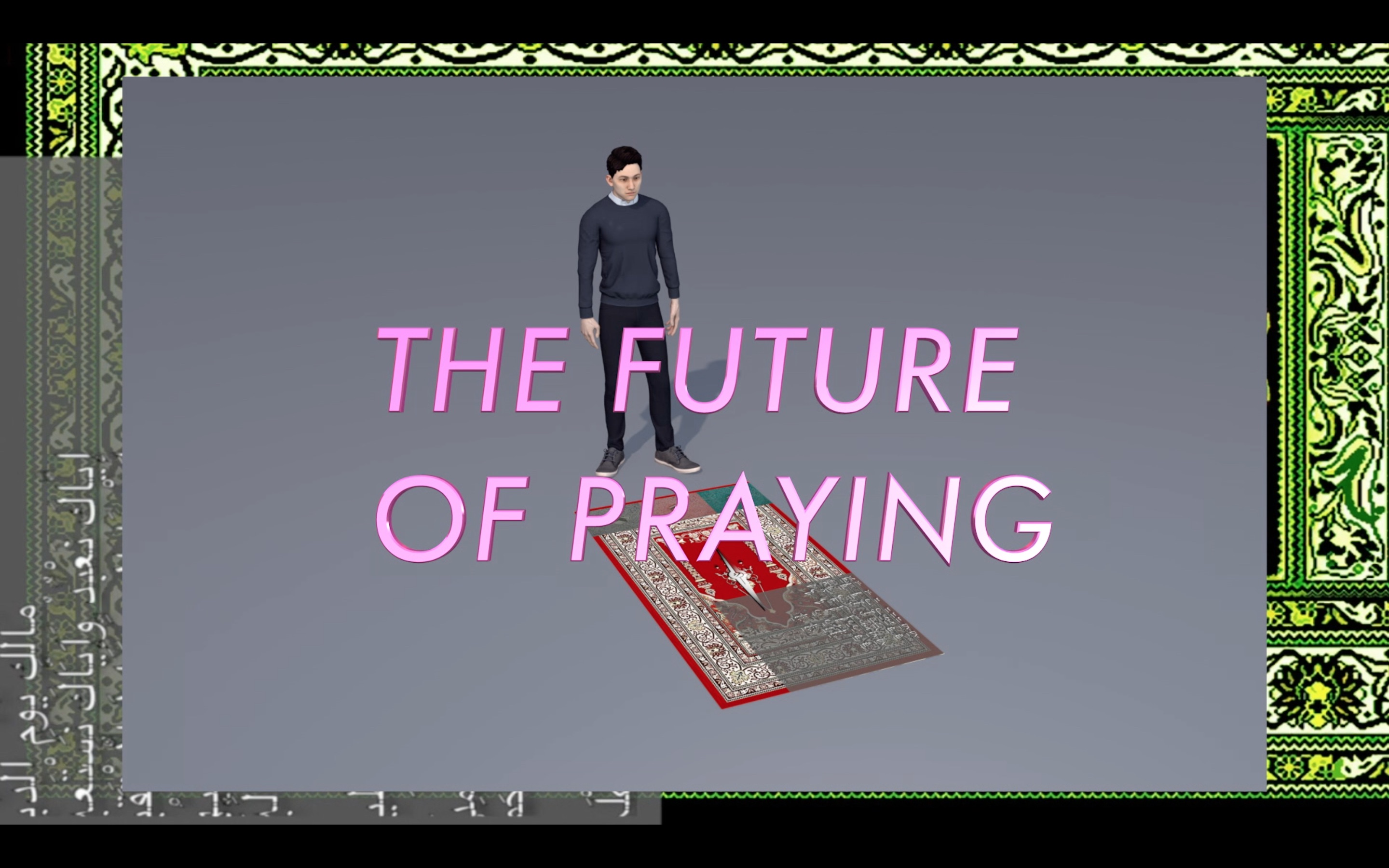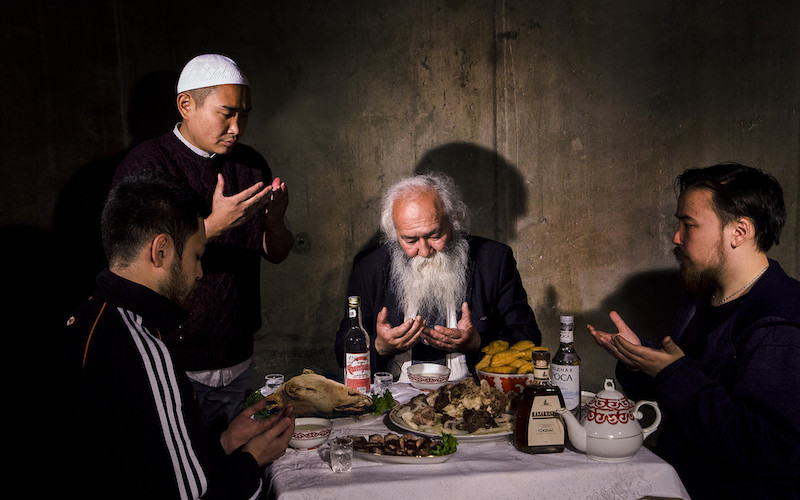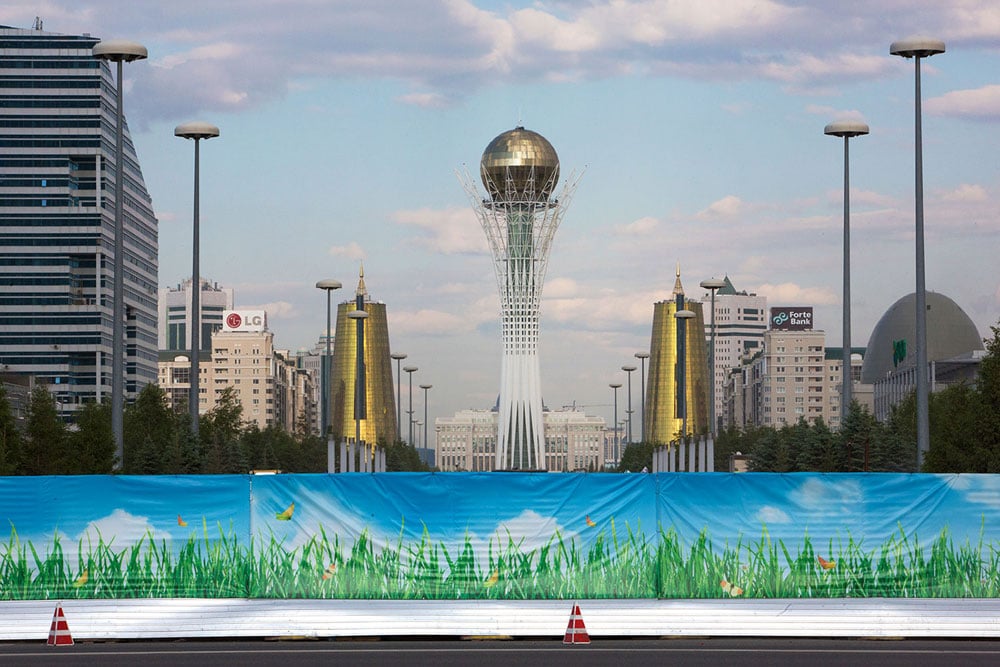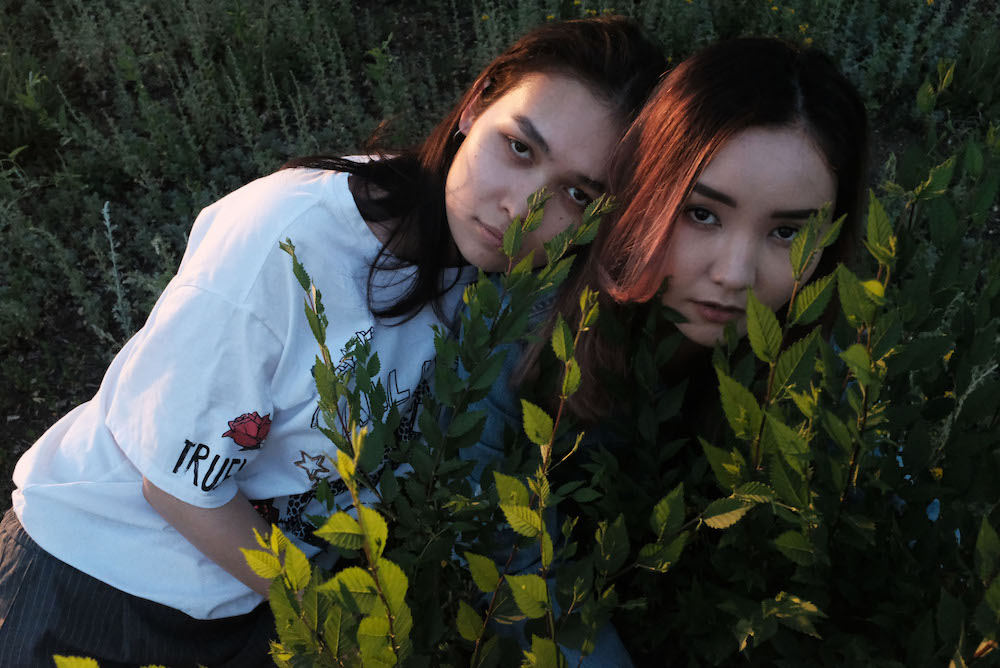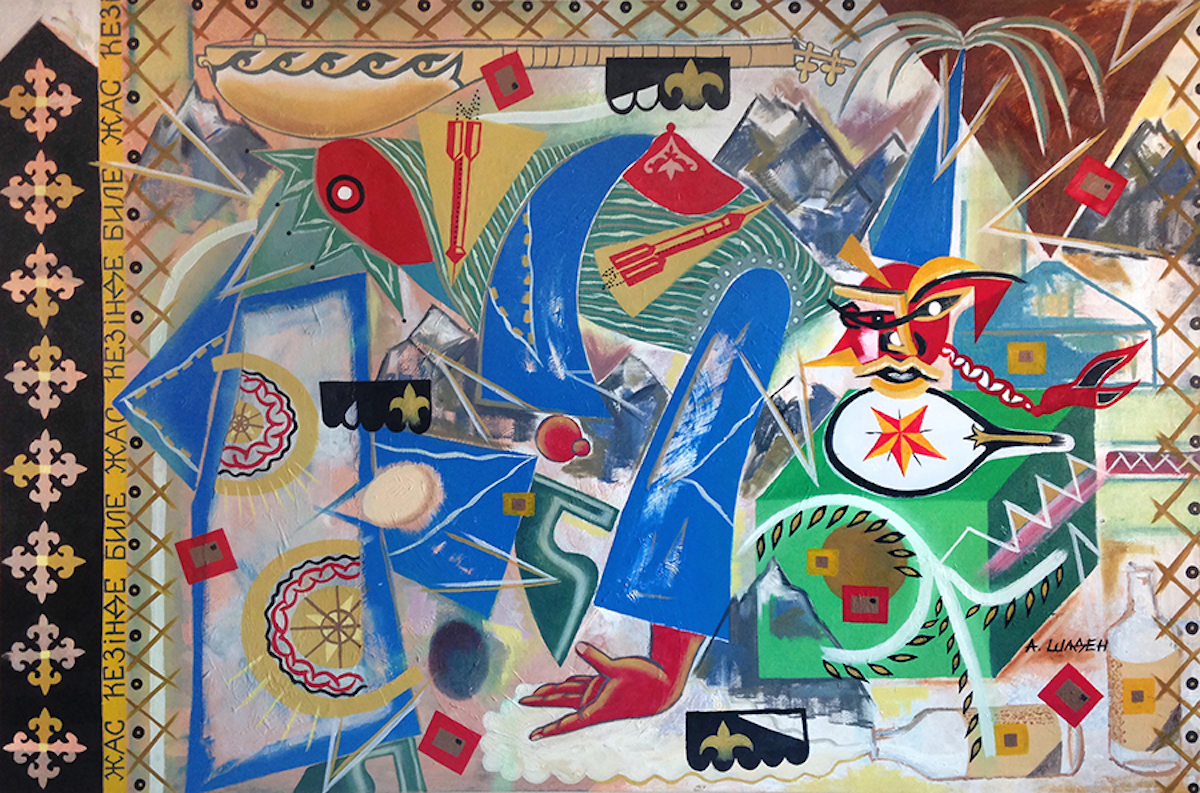Digital nomads: how Gen-Z artist Anvar Musrepov is unearthing Kazakhstan’s history
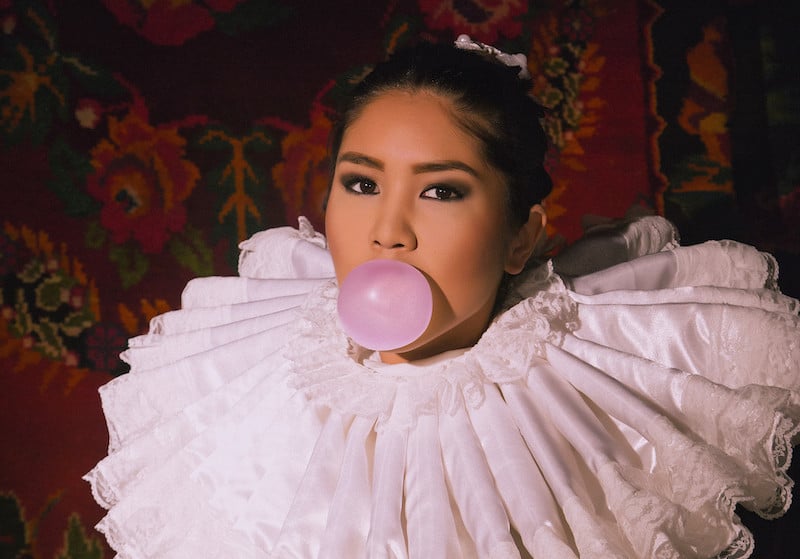
Born in 1994, Almaty-based artist, curator, and editor Anvar Musrepov works with digital media, performance, photography, video, and installation to unearth Kazakh history and its unique mix of legends, mythology, politics, and conspiracy theories.
Since the fall of the USSR, Central Asia has been poised at an intersection: attempting to embrace modernity while resurrecting its traditional cultures, long suppressed by the Soviet Union. Anvar Musrepov’s art stems from this hybridity. Just as Kazakhstan has begun to re-examine its past to find its new identity as a nation, Musrepov wants to reinvent the mythology of Kazakh folklore too — but this time, to challenge the status quo. Using art as a form of political emancipation, he envisions his work as a museum for an imaginary country. “Politics imprisons us in a version of reality, and the purpose of art is to break through these limitations and reimagine the new world,” Musrepov says.
Musrepov’s generation has seen Kazakhstan undergo rapid socio-political changes within just three decades: from gaining sovereignty, to former president Nursultan Nazarbayev stepping down after an almost 20-year presidency. In 2012, officials announced a major reform strategy designed to turn Kazakhstan into a “modern state” by 2030, with the aim of becoming a world leader in terms of economy, tourism, and technology by 2050. But while some larger cities, primarily the capital of Nur-Sultan, reflect these initiatives, the majority of the country remains shrouded in traditionalism. “Living in a post-Soviet reality, it’s evident that we live at the end of history and during the moment of destruction of ideological metanarratives,” Musrepov tells the Calvert Journal.
Yet forging a new nation is difficult. Kazakhstan’s revision of its own history has created certain factual blind spots. It is these inconsistencies that Musrepov plays with in his work. One such case is the Golden Man, a skeleton wearing a magnificent gold-embroidered armour that was unearthed at the Issyk kurgan, a burial mound in eastern Kazakhstan, in 1969. The Golden Man has since become an icon of Kazakh nationhood, which has in turn left archaeologists questioning the accepted narrative — including those who believe the Golden Man could have been a teenage girl — under attack.
Musrepov describes the case as “an acute example of history speculation to promote the discourse of power”. He used it to inspire his video installation, The Golden Woman, which recreates the symbol as a female warrior and gives her a voice. It not only shows how the current Kazakh government artificially revives and appropriates patriarchal narratives, but it also reinforces that the discourse of power in a new Kazakhstan must begin to include women.
An image from Musrepov's The Golden Woman, (2018)
In another artwork, 2018’s Qorqynysh (Fear of the Unknown), Musrepov tackles how growing up amid this tangle of narratives has affected his generation. Designed to imbue a sense of fear and anxiety, the installation comprised a laboratory filled with the parts necessary to create a new being: microcircuits and silicone hand prints, robotic parts powered by servo drives (amplifiers of electronic mechanisms), and plants used in rituals to exorcise evil spirits. A mask imprinted with a human face rotated endlessly, representing a consciousness suddenly awakened in a disassembled cybernetic body. Using an open database of the body’s neural system and the brains of various people and animals, Musrepov generated a soundtrack that was quite literally inhuman.
The laboratory itself was a metaphor for Kazakhstan — which, during the Soviet era, was a platform for large-scale experiments, such as nuclear and chemical weapons testing, Yuri Gagarin’s launch into space, and social policies to encourage the population’s transition from a nomadic to a sedentary lifestyle. This final experiment reshaped Kazakh culture seemingly for good. “My generation is the product of this laboratory: we are mutants and hybrids, and only from this place can we reassemble our identity,” Musrepov explains.
Touching on these sensitive subjects can be challenging for artists in a region where censorship remains rampant. Freedom of speech in Kazakhstan today is stronger than it was under former president Nursultan Nazarbayev, but this new leniency is merely a tool to portray Kazakhstan as a “democratic state”, rather than a deeply-held commitment. Artists bristle as officials finance contemporary art festivals, not for cultural development, but as political self-promotion. Underground exhibitions will not lead to arrests as they did in the Soviet Union, but self-censorship and fear continue to exist like a reflex. “Several generations have grown up with this fear; it has become firmly entrenched in our consciousness, and now it is finally the time to learn to express our views freely,” Musrepov says.
But, for now, the artist is firmly focused on what comes next. Yet, endless promises about changes too were key to Soviet propaganda; and that ideological vacuum has similarly been inherited by modern Kazakhstan. Inspired by Afro-Futurism challenging the hegemonic and Eurocentric narratives of the future, Anvar’s current research project targets the discourse of the future in Central Asian art. “Modernity is considered a universal concept, but I think that in different countries and cultures, we perceive time differently,” he explains. From nomadism and the Soviet period, to the current generation of artists, he finds the balance and relevance between the paradox of magical perception of reality and emerging technologies. “I feel that we are just beginning, consciously or not, to construct the narratives of the future, and we are doing this from the standpoint of all those cultural codes embedded in our hybrid identity.”
